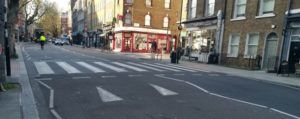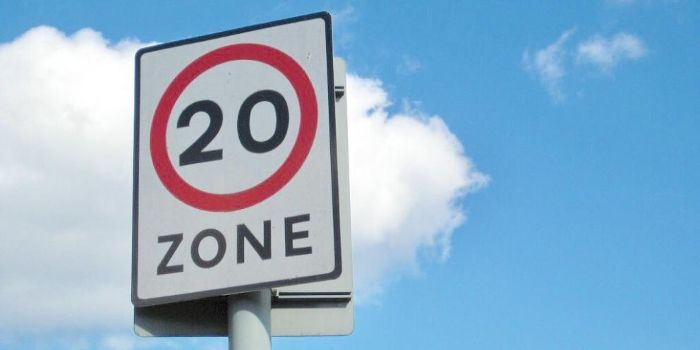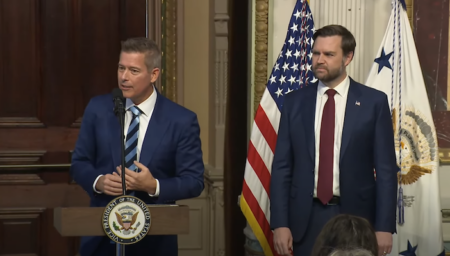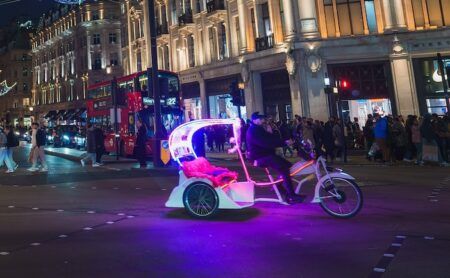Transport for London (TfL) has launched a consultation on plans to introduce a 20mph (32km/h) speed limit on all its roads within the Congestion Charge Zone (CCZ) by May next year, as a key part of the Mayor’s Vision Zero ambition to eliminate death and injury on the city’s transport network.
TfL says speed is a factor in around 37% of collisions where a person dies or is seriously injured across London, and notes that a person hit at 30mph (48km/h) is five times more likely to die than someone hit at 20mph. The TfL proposals would see 20mph limits introduced on 5.5 miles (8.9km) of main roads including Millbank, Albert Embankment, Victoria Embankment and Borough High Street. A 20mph limit will also be introduced at Aldgate Gyratory, which is on the boundary of the CCZ, rather than within it. Combined with the 20mph limits already set on the vast majority of borough roads, this would mean that most of the roads in central London would become 20mph. TfL says lower speeds for central London are vital to protect people walking, cycling and riding motorcycles. The faster a vehicle is going, the more likely a collision will occur and the higher the chance of death or more severe injuries occurring. 
As well as new 20mph signs and road markings along routes, TfL plans to raise the height of pedestrian crossings in seven high-risk locations, including near the busy Embankment and Tower Hill Tube stations and in areas with a high number of pedestrians, such as outside the Tate Britain gallery. The measures, designed to discourage speeding, have been chosen for locations where high numbers of collisions resulting in death or serious injury have previously occurred. Speed cameras on all of TfL’s roads within the CCZ will be amended to 20mph, and mobile speed cameras will also be used to make sure drivers comply with the new limit. Following the initial implementation, monitoring will be undertaken to determine whether additional measures to reduce speeds further are required.
 TfL says cutting the existing speed limit from 30mph to 20mph is expected to significantly reduce the likelihood of death and serious injury. Over the next five years, the agency is proposing to introduce lower speed limits on its road network in many of London’s other town centers and high-risk locations, to reduce road danger and save lives. Overall, TfL aims to introduce new lower speed limits across 93 miles (150km) of its road network, as well as supporting ambitious local speed reduction programs led by London boroughs on local roads.
TfL says cutting the existing speed limit from 30mph to 20mph is expected to significantly reduce the likelihood of death and serious injury. Over the next five years, the agency is proposing to introduce lower speed limits on its road network in many of London’s other town centers and high-risk locations, to reduce road danger and save lives. Overall, TfL aims to introduce new lower speed limits across 93 miles (150km) of its road network, as well as supporting ambitious local speed reduction programs led by London boroughs on local roads. 
“Lower speeds save lives. That’s why we plan to reduce speed limits in central London, where hundreds of thousands of people are walking and cycling each day,” explained Stuart Reid, interim director of Vision Zero at TfL. “Many of London’s boroughs are already leading the way on safer speed limits, and introducing 20mph in central London will deliver consistently safer roads regardless of which road authority is responsible for them.”





